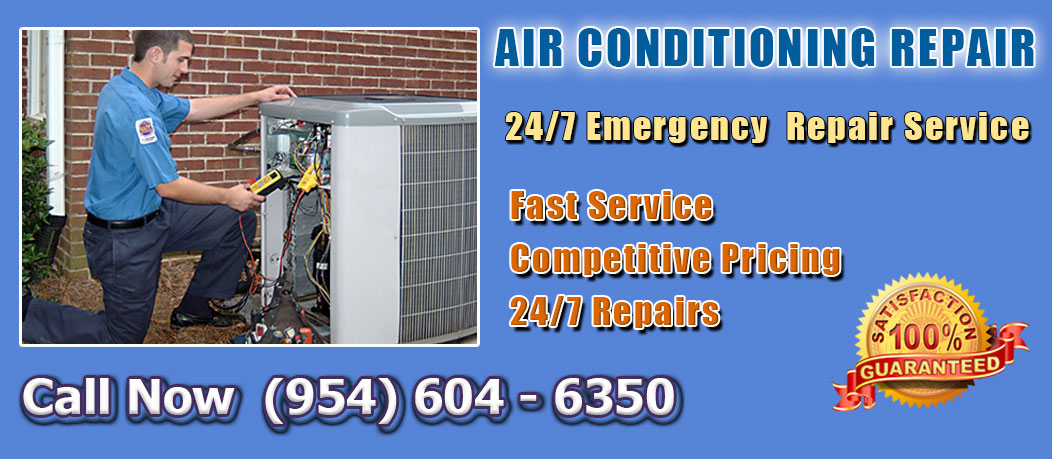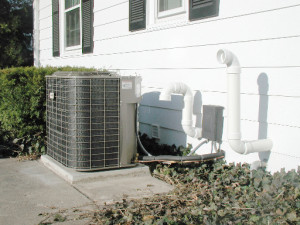If you are interested in high performance heating systems that will use less energy and give more output, boiler or condensing heating systems are what you need. They are more costly in installation compared to the other conventional heating systems, but in the long run they cost lower in terms of fuel cost.
Thanks to today’s technology, there has been breakthroughs in the design of heating systems that have enabled manufacturers to come up with unique boilers or condensing furnaces which can attain almost perfect performance rating. This article looks at how the condensing furnace works and why you should consider investing in it for your next furnace replacement.
Condensing Furnace Design
A traditional furnace makes us of a heat exchanger in the generation of heat. However, a larger quantity of this heat is lost during the combustion process and it ultimately escapes from your home through the chimney. This is where a condensing unit comes into play; it brings in a second heat exchanger that captures the wasted heat and utilizes it to attain maximum operating efficiency. The secondary exchanger enables exhaust gases to cool down and in the process, transfers the latent heat given out during the vaporization of the gases.
In a study done by energy.gov, condensing models are relatively costly in acquisition and installation compared to non-condensing models, however, the former cost less in fuel expenses and can serve you for a period of between 15 to 30 years.
The Safety of Condensing Furnaces
Condensing heaters have sealed combustion which means the furnace utilizes the outside air only as a resource and thereby eliminates the risk of exposing your home to potentially hazardous combustible gases which are emitted during the heat generation process. There is no chance of backdrafting that can occur in your home. Backdrafting means dangerous exhaust gases are drafted back into your home and then distributed throughout the living spaces.
Flexibility in Installation
Due to the fact that a condensing furnace allows combustion gases to cool off, the venting system doesn’t have to be designed in such a manner as to take into account extreme heat factors. You can easily use standard PVC pipes for the venting system in order to direct the exhaust to the outside environment through a wall vent.
Just like with any furnace replacement or fresh installation, homeowners need to be careful when selecting a condensing furnace. Enlisting the help of HVAC experts can be a good idea because these professionals can help them get a right sized condensing system that will not only run efficiently, but also keep your home uniformly heated throughout the colder seasons. In order for the system to serve you for a long time, having regular annual maintenance appointments with a HVAC contractor is also advised.


